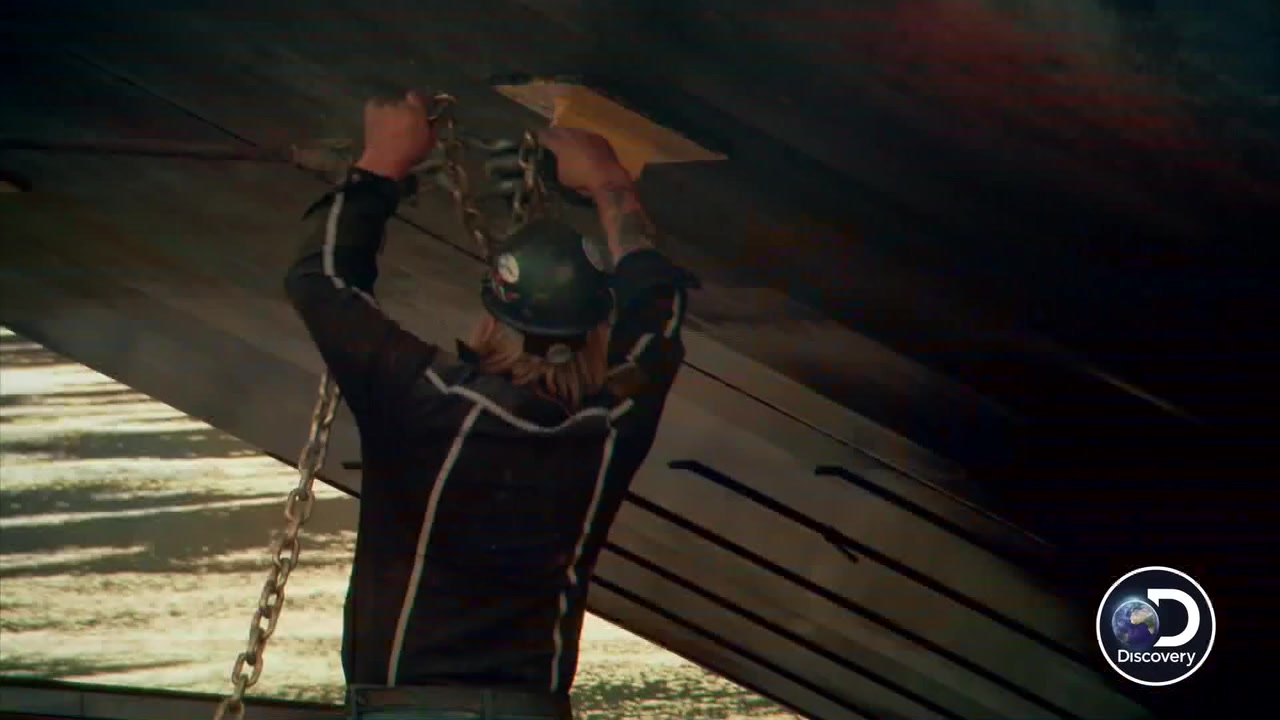Once your tires are feathered, you cannot fix them and unless the underlying cause is addressed, the feathering will continue to worsen. Ultimately, the tires will become so noisy and the vehicles ride will be harsh enough that you will want to replace them, even if they still have plenty of good tread left. Check out this video showing you what tire wear symptoms are and how they can effect your vehicle. Take a closer look at your tires to see if you can stop excessive tire wear from costing you lots. Tire Tread Wear Cause 2: OutofSpec Tire Alignment Tire alignment, also known as wheel alignment, refers to the adjustment of the vehicles steering and suspension components the system that connects and controls the motion of the wheels. This is due to many factors, such as wear and tear on your frontend parts (ball joints, control arm bushings, tie rods, etc. ), the crown of the roads, potholes, hard braking causing flat spots, throwing (losing) weights, and even poor construction of the tire (more common with economic tires). Re: Solution for uneven tire wear on your single axle trailer tandem trailer I spent the morning on Saturday replacing the springs and load equalizers for the boats tandem trailer. Below is a picture on the load equalizers that were removed from the trailer and they appear to be the original 1978 parts. As you can see, the tread is not even to the wear bars on the side, but gone in the middle. So thats overinflation, you wanna watch for that with your own tires. Proper tire alignment is important to avoid excessive wear on tires and vehicle parts. Bad tire alignment can decrease your MPG, make wheels work against each other, and wear out tires by causing bad tread wear patterns. Here are some signs that suggest you need an alignment fix. 2014 Ram 4500 Original tires cupping, had balanced, this did not fix the problem. Two new balanced front tires put on and a front end alignment. The wear could even cause the tire to unexpectedly deflate while driving. Poor alignment specifications also put your tie rods, control arms and ball joints at serious risk of failure. If these suspension components fail while driving, you could lose control of your vehicle. Even if there are no signs of rot, the industry standard is to swap out tires before they hit 10 years old, and some tire companies recommend replacement as early as six years after manufacture. Irregular tire wear is a frustrating little gremlin that can steal your tires' performance and tread life if you let it. The problem is that irregular wear comes in so many different flavors. The causes of strange tire wear can range from air pressure to improper balance, from misalignment to bent wheels. An unbalanced tire can be the cause of vibration for a car as well. A vibrating car can be a signal to the owner that a tire is defective or about to come apart. To avoid costly repairs and dangerous accidents, it is important to consistently monitor and repair tires that are causing a car to vibrate. Inside tire wear can be caused by worn struts or shock absorbers. Worn shocks or struts allow the wheels to bounce too much, particularly on rough roads, and typically results in an inner or outer wear pattern on the tread. Tire balance is also critical for preventing shimmy as an out of balance tire puts cyclic centrifugal loads on the tire tread. If there is any undamped motion. Check the damper for seal condition and excessive wear in the piston and damper bore. Another uneven tire wear pattern to watch for is a tire that is worn on the inside treads only. This is usually a sign of a bent axle. About the only way to bend an axle is to hit a curb or pothole. If your car is out of alignment long enough to wear your tires unevenly, and you get an alignment, it does not heal the rubber on the tires. The good rubber on the outside of the tires do not slide to the inside and even up the tires. Your tires are still worn unevenly. A lawn tractor that's mowing unevenly might need the tire pressure checked. and uneven pressure can also result in uneven tire wear. Grab a tire gauge, and check tires each time you plan to mow. Inflation recommendations are found in your owner's manual. PM contributor Mac Demere, who worked at one of the big tire companies for years, corrects a few commonly held misconceptions you might have about your tires. Tire flatspotting would be most noticeable when beginning to drive a vehicle that has been stored incorrectly (with the weight of the vehicle pressing down through the tires to the ground). When storing a vehicle for more than a few weeks, it is best to drive the vehicle until it is thoroughly warmed up and then immediately put it up on. Uneven brake pad wear What causes uneven brake pad wear. Diagnosing Premature Brake Pad Wear. If youre doing a brake job or having it done professionally and learn that you have uneven brake pad wear, heres what to look for. Less negative camber (until the tire is perpendicular to the road at zero camber) typically will reduce the cornering ability, but results in more even wear. Even though they have some of the most refined suspensions in the world, the next time you see a headon photo of a Formula 1 car set up for a road course, notice how much negative camber. Excessive wear on the inner or outer edge of the tire, known as toe wear or, in more extreme cases, as camber wear, suggests something may be wrong with the wheel alignment, according to Bridgestone. To help fix the problem, youll likely need to make an appointment with a mechanic. Tire Tech Information Driving Through Tire Blowouts or delayed depending on severity of the impact), a massive cut that causes rapid air loss, or an unnoticed small puncture that allows the tire to slowly lose air over time until it fails. Once you've figured out the problem, inspect the pads for uneven wear and replace them when necessary. Each vehicle wears out the front and rear brakes at a different rate. The heavier the front of the vehicle is, the faster the front brakes will wear out. Runflat or zeropressure tires can support the weight of a vehicle for a short time, providing the driver with about 100 miles of range to find a repair shop. Sadly, once an unusual wear pattern develops on a tire, it will not wear in. If the tires still have well over half their tread remaining, you could try having the tires shaved or buffed on a. Ottieni un rapido accesso alle guide, ai componenti e alle risposte per i tuoi dispositivi How to Fix a Flat Tire. How to Fix an air leak from a Tire valve (Tyre valve) en. Additional Information Rotate your tires every 5000 to 7000 miles in order to reduce uneven tire wear. Cupping, or uneven tire wear due to a shock or strut that is worn out, is a signal that other issues with your car exists and should be fixed before too long. When tires have extensive wear patterns like this, they shouldn't be rotated. Uneven tire wear compromises the life and performance of your tires, the handling of your vehicle, and your safety. Thats why its so important to spot signs of. To fix, mostly deflate the tube, then work round pushing the bead in on the rim as though you were about to remove the tyre. Then pump the tyre back up slowly until the bead pops back against the rim. the tire treads, check for uneven wear by checking the tire tread depth and of course, checking your tire pressure. Tire rotation helps even out tire wear by allowing each tire to serve in as many of the vehicle's wheel positions as possible. Diagnosing Uneven Brake Pad Wear. We all know that brake pads wear out and have to be replaced from time to time. And a while back, we saw how to replace the front and rear brake pads. Generally, the front pads will wear out long before the rear pads, since 75 of the braking effort is handled by the front. To help maintain even treadwear and prolong tire life, review this quick reference about alignment, rotation, and visual inspections. For a professional evaluation, find a Tire Service Network location near you. Misalignment of the front or rear wheels can cause rapid or uneven wear. The tire is made to be able to hold the pressure as well as the fact that that pressure is needed to give the tire the carrying capacity that it is rated at. Under inflating a tire can cause not only a lower weight capacity but it can also cause wear on the outsides of the tire. With an assistant, take a piece of string or wire and stretch it between the lines on the front of the tires, even with the spindle, and measure the distance on the string. Repeat at the process at the back of each tire. The tread wear indicators, which look like narrow strips of smooth rubber across the tread, will appear on the tire when that point of wear is reached. When you see these wear bars, the tire is worn out and it's time to replace the tire. Tire balancing typically costs about 10 to 12 per wheel, according to CostHelper. Mechanics also recommend rotating tires every 5, 000 miles to prevent tread from wearing out and keep the tread even with the other tires, thus preventing vibrations. Tire tread wear on the edges of a tire will typically indicate inflation pressures are lower than specified. When a tire is underinflated, the contact patch grows and the. Unlike wear from poor alignment, though, normal tire wear typically occurs on the front tires and shows up as cupping on the outside edges. But if the alignment is off, other wear patterns can show up, such as excessive wear on the inside edge andor the outside edges of tires, Creech says. Three Methods: Finding the Leak Fixing the Leak with Tire Puncture Sealants Using a Tire Plug Kit Community QA Having a flat tire is one of the major inconveniences of driving. When a good spare is unavailable, you either have to call a tow truck or fix the tire yourself. There are different kinds of abnormal tyre wear, each caused by a variety of issues. These can stem from problems such as suspension or alignment troubles, an internal tyre fault, or the result of driving on underinflated or overinflated tyres. The most common cause of uneven tire wear is a wheel alignment problem. The fix could be as simple as getting the car realigned or it may involve replacing steeringsuspension components prior to. Tire cupping is usually caused by worse tear, wear, and pressure on the surface of the tire. Tire cupping is sometimes referred to as tire scalloping. Some form of tireframe interference could result in uneven wear for one side of the tread to the other, but it would be apparent too I would think. I would expect more of a gouge in the tread. Sonic Normal tire wear, when tire tread depth is very low, can lead to the same noise. Combined with excessive speed, this can cause tire squealing and possibly a loss of traction. Combined with excessive speed, this can cause tire squealing and possibly a loss of traction. Best Answer: It sure sounds like an alignment issue; especially since you've had the tires rotated, which pretty well rules out a bad one. Wear on the outside edge of the front left tire would, by itself, indicate a camber misadjustment, but both left tires. if alignment doesnt fix the vibration or uneven tire wear it could also be that your front bearings, had this problem on my 06 with some were around 40, 000 miles on it. If you examine a picture of the front tire upright, you can see that even a very steep road crown (one inch drop in one foot run) would not even contact the tire at the necessary angle to produce the evident wear. Typical road crowns are much much less (three inches drop per twelve foot run). A tire with toe wear will typically be worn on the inside shoulder of the tire. That is, it will have a smooth strip of wear around it on the side that is facing the wheel well. Having your alignment checked and adjusted regularly can help you to avoid toe wear. the only thing i can thing that it is, is the fact that its nearly impossible to keep a 9402 rams front end aligned, as you go over bumps the cycling of the front suspension is constantly knocking things out of alignment, the only way to adequately fix the problem is to convert the trucks frontend up to an 07 steering system. i had a 96 ram 1500 4x4 and id get cupped tires, bad wear on the.











